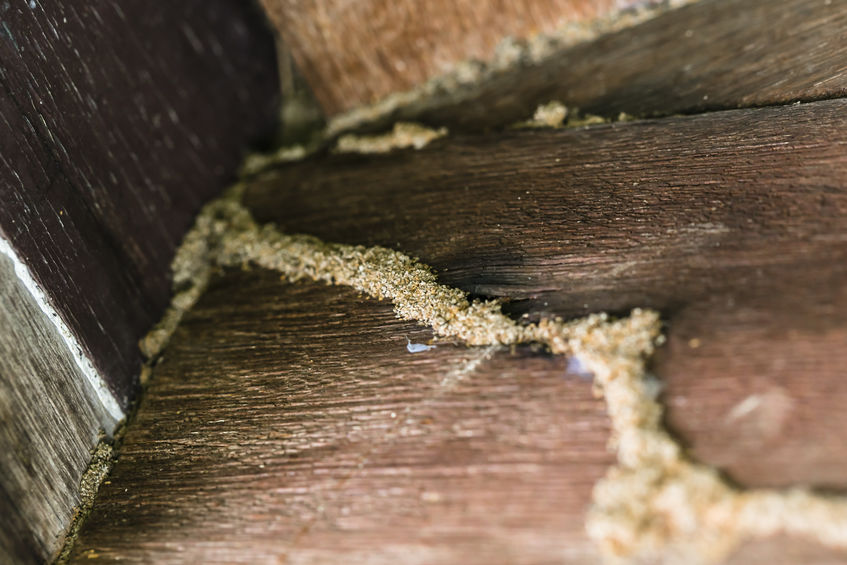It can be safely said that most people are unwilling to share a living space with disgusting bugs like cockroaches, flies and other unsettling creepy-crawlies. Of course, there does exist a large number of arthropod pests that can bite or sting humans and damage property, but even harmless creepy-crawlies like spiders and centipedes will send the average resident into a hissy. Today, a vast amount of information describing various pest control tactics can be found online, and urban entomologists are available at any university extension office to provide the public with expert advice on how to address specific arthropod pest issues around homes. Considering all this, it is hard to believe that the pest control industry was largely non-existent in the US only a century ago
The earliest pest control operators to emerge in the country relied almost exclusively on insecticides and other toxic compounds for urban pest eradication. However, after cockroaches, bed bugs and other common insects developed a resistance to insecticides several decades ago, the pest control industry began to adopt a more thoughtful approach to urban pest control. This approach is known as “integrated pest management,” (IPM) and it involves a combination of methods that aim to both eradicate existing infestations and prevent future infestations without the use of insecticides.
Insect pests invade homes when outdoor conditions become particularly perilous. Indoor environments may provide insect pests with readily accessible and lasting resources like food, water, darkness, and shelter. For example, eastern subterranean termites infest homes to gain access to moisture and a limitless food source in the form of structural wood. In order to remain within the home, their living conditions must remain adequately humid. In this case, an IPM strategy would call for “habitat modification,” “exclusion,” and a baiting system in order to both eliminate the existing infestation and prevent further infestations.
First, an inspection should be carried out to measure the relative humidity within the basement or crawl space environments and to determine the moisture content of structural wood. During the inspection, all entry points on the exterior walls of the foundation should be located and sealed with caulk to prevent additional termites from gaining access to structural wood sources in the future. If relative humidity is above 60 percent, a moisture problem exists, and if substructural wood components are damp and decayed, they should be replaced with pressure-treated or chemically treated lumber. The moisture problem may originate from faulty rainwater drainage, plumbing leaks, or a lack of ventilation in the crawl space. The source of moisture should be eliminated, any vegetation blocking the crawl space openings should be removed to facilitate air flow, and in some cases, putting a dehumidifier in the crawl space is necessary to eliminate moisture that attracts subterranean termites. Lastly, bait stations should be placed in the ground surrounding the home to clear a property of all termite pests.
Have you ever modified your home to be resistant to subterranean termite infestations?

